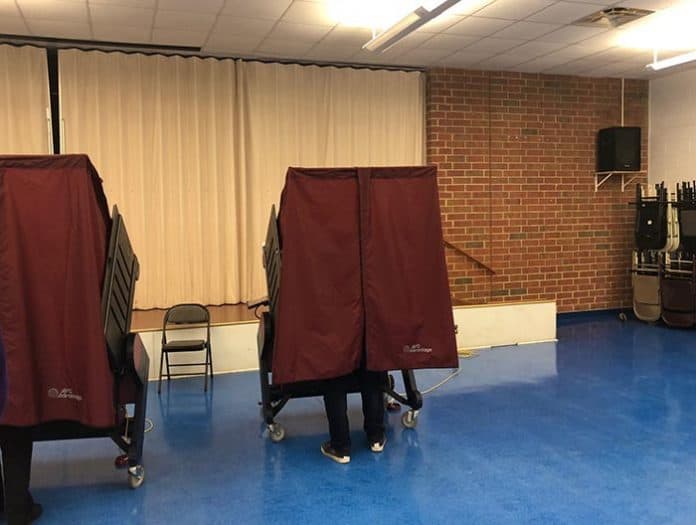
By Sydney Kennedy and Chris Lundy
TOMS RIVER – When Toms River voters take to the polls this November, they will decide whether to increase the Open Space Tax rate they pay.
Taxpayers currently pay 1.5 cents per $100 of equalized valuation. This is not what the house was purchased for, this is the tax assessor’s valuation of each property based on current market values.
For example, if your property is valued at $200,000, you are paying $30 per year toward the township’s Open Space Tax. In November, voters will decide whether to raise the tax by 1 cent to 2.5 cents per $100 of valuation.
“The residents have expressed concerns over shrinking open space in our township,” Councilman Matthew Lotano said at the first reading to adopt the ordinance that would put the question on the ballot.
By voting to increase the rate of the Open Space Tax, the township’s budget to purchase open space will increase. The township has not yet confirmed precisely where they would like to purchase open space to preserve, but Mayor Maurice “Mo” B. Hill specified an interest in purchasing land in northwest Toms River because “that’s where most of the open space is left in town.”
“We certainly want to preserve property there,” he said of northwest Toms River. Another concern of his is an upcoming round of COAH.
COAH is the Counsel On Affordable Housing, a quasi-judicial body. A landmark lawsuit vs. the town of Mt. Laurel ended with the State deciding that towns must provide places for people to live who make less money. Mt. Laurel had, according to the lawsuit, zoned the town so that only rich people could live there.
Every town in New Jersey has gone through a few rounds of COAH. This means that every few years, COAH decides, based on a formula, that a town needs to set aside a certain number of units for low-to-moderate income homeowners.
Those in favor of COAH have said that it has provided more affordable housing.
Those against COAH have said that it takes self-rule away from towns, forces development, hurts the environment, and doesn’t really provide for “affordable” housing because the state’s definition of “affordable” is different than the average person’s.
With another round of COAH coming in a few years, Hill said preserving land now would limit how many developments could be put in. Every development comes with it a certain percentage of COAH units.
Another challenge is that if a town doesn’t want a development, the developer can sue in what’s called a “builder’s remedy lawsuit,” basically using COAH to push their project through.
Toms River voters first approved the Open Space Tax in 2000 and taxes began being collected in 2001. In 2018, Toms River residents voted against a referendum that would have doubled the Open Space Tax rate to 3 cents.
This year, Hill will approach dialogue surrounding the tax differently.
“We didn’t do a good job of explaining it,” he said of the 2018 referendum. Hill said he and the governing body will focus on sharing information regarding the tax with the public leading up to the election this fall.
Councilman Daniel Rodrick agreed with the measure, and also noted that the township should work with the county to purchase more open space. The county has its own open space tax on every property in the county and as such they have more buying power. Toms River officials responded that the township has partnered with the county on recent purchases and will continue to do so.
Voters will decide whether to increase Open Space Tax rate on November 2.






